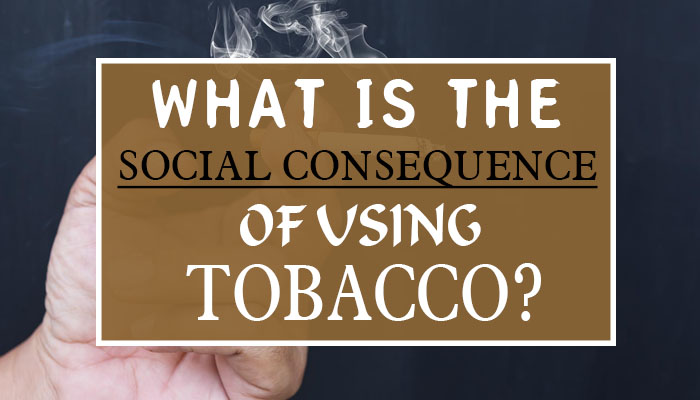Social smoking is a pattern of infrequent tobacco use that is determined by the environment in which it is used (for example, smoking more in social settings like pubs, bars, nightclubs, and sporting or music events than when alone). These social circumstances serve as social cues or tobacco usage triggers.
The majority of studies have emphasized nicotine toxicity. The social repercussions of tobacco production include economic loss and social unrest in regions where tobacco products are increasing as well as in communities where it is diminishing (joblessness) (loss of local food production and local autonomy).
People who smoke mostly or exclusively in social situations and in front of others (especially other smokers) frequently refer to themselves as “Social Smokers.” Social smokers typically consume more alcohol than non-smokers do, and they smoke more in social settings than when they are by themselves.
They might not identify as “smokers” or frequent tobacco users, and they don’t seem to have a nicotine addiction. They frequently have faith in their capacity to give up. Similar to other smokers, social smokers are far more likely to have family or friends who smoke than people who have never smoked.
Social smoking may be one of the reasons why a higher percentage of young adults than in the past start smoking after the age of 18 today.
What health hazards might social smoking cause?
Due to nicotine’s ability to cause cancer, researchers claim there is no safe amount of tobacco usage. Like everyone else who smokes, social smoker is susceptible to the negative effects of tobacco use on their health. These include a variety of malignancies, illnesses of the lungs, the heart, and early death.
Recent research has demonstrated that even moderate tobacco use—in some circumstances, as little as one to four cigarettes per day—significantly raises the risk of negative health outcomes like heart disease, cancer, and early death.

Social smokers are also more likely to be around other smokers in social situations, which increases their exposure to secondhand smoke. This increases the risk of second-hand smoke-related illnesses such as lung cancer, heart disease, nasal sinus malignancy, middle ear disease, and several respiratory ailments like asthma, bronchitis, and pneumonia for social smokers.
FAQS:
Is smoking a societal problem?
In addition to Black Americans, many other populations—including other racial and ethnic minorities, low-income groups, LGBTQ people, members of the military, and people with mental health conditions—face disproportionate consequences from tobacco use.
What are the effects of using tobacco?
In addition to emphysema and chronic bronchitis, smoking also increases the risk of developing cancer, heart disease, stroke, lung conditions, diabetes, and chronic obstructive pulmonary disease (COPD). Additionally, smoking raises the risk of developing tuberculosis, several eye conditions, and immune system issues, such as rheumatoid arthritis.
Why is tobacco a problem for public health?
The main contributor to preventable illness, disability, and death in the US is tobacco smoking. Nearly every organ in the body suffers damage from cigarette smoking, which has also been related to heart disease, several malignancies, lung conditions, and other ailments.
Does smoking cause facial aging?
Deeper wrinkles on the face, notably those between the brows, around the eyes, and the mouth and lips, can be brought on by smoking. Compared to non-smokers, those who smoke have fewer elastin and collagen fibers in their skin. The skin becomes more rigid and less elastic when these fibers are insufficient.

